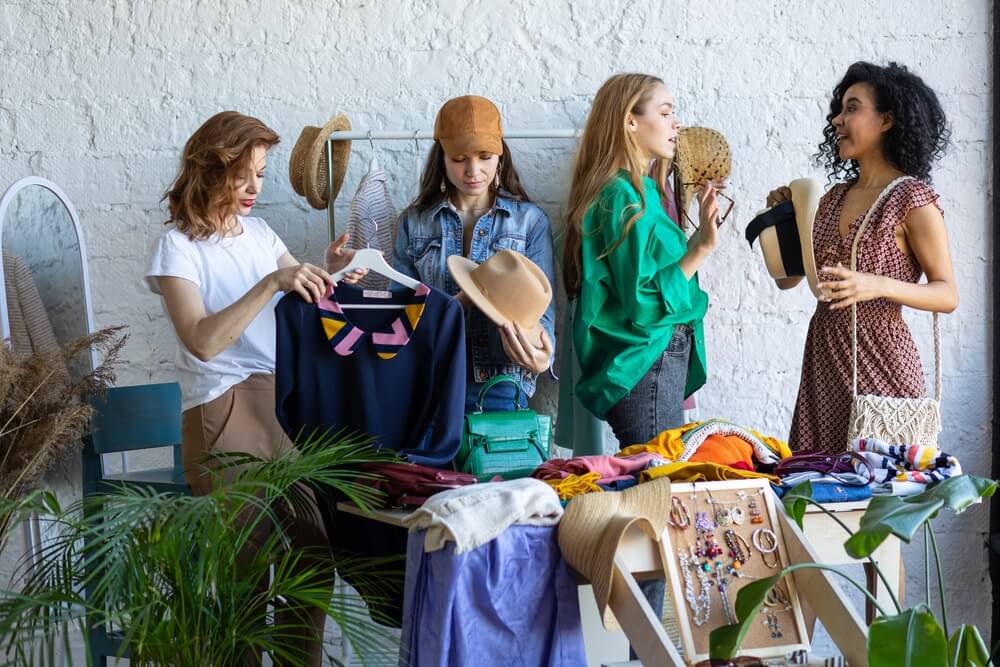In recent years, there has been a growing concern about the impact of fast fashion on the environment and the people who make our clothes. As a result, more and more people are turning to sustainable fashion as a way to build a wardrobe that is both stylish and ethical. In this article, we’ll share some tips on how to build a sustainable wardrobe.
Invest in quality pieces

The first step in building a sustainable wardrobe is to invest in quality pieces that will last for years to come. Instead of buying cheap, fast fashion pieces that will fall apart after a few wears, invest in high-quality items that are made to last. Look for pieces that are well-made and made from sustainable materials like organic cotton, bamboo, or linen.
Choose timeless styles
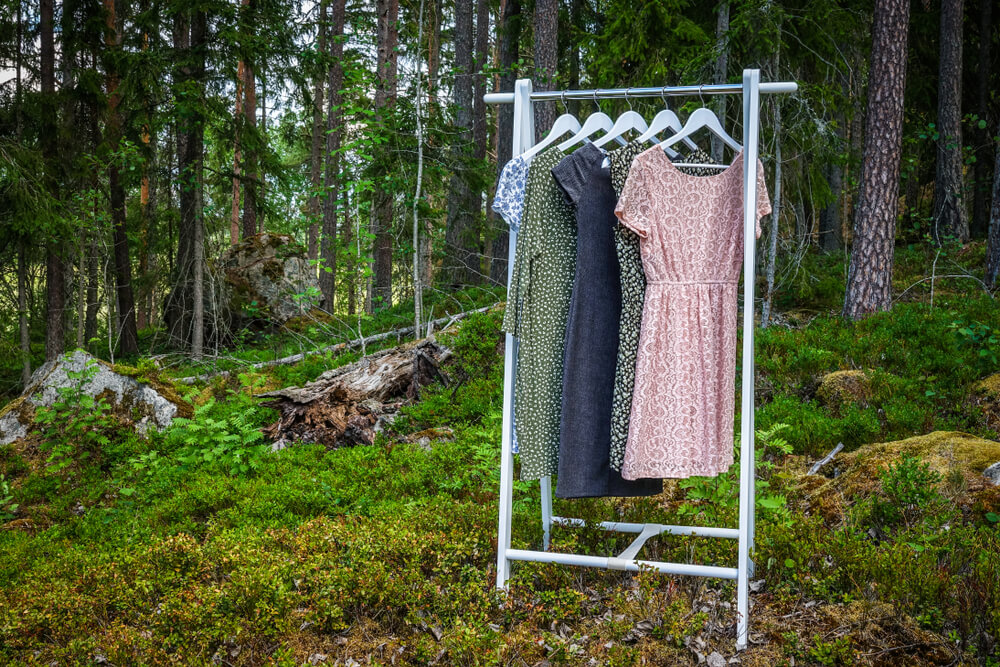
Another way to build a sustainable wardrobe is to choose timeless styles that will never go out of fashion. Focus on classic pieces that can be worn season after season, rather than following every trend. Think about investing in items like a classic trench coat, a white button-up shirt, or a little black dress. These pieces can be dressed up or down and will never go out of style.
Rent clothing

If you’re looking for a more sustainable option for special occasions, consider renting clothing instead of buying new. There are a growing number of rental services that offer everything from evening gowns to designer handbags. Renting clothing is not only more sustainable, but it’s also more affordable than buying new, high-end clothing.
Avoid synthetic materials
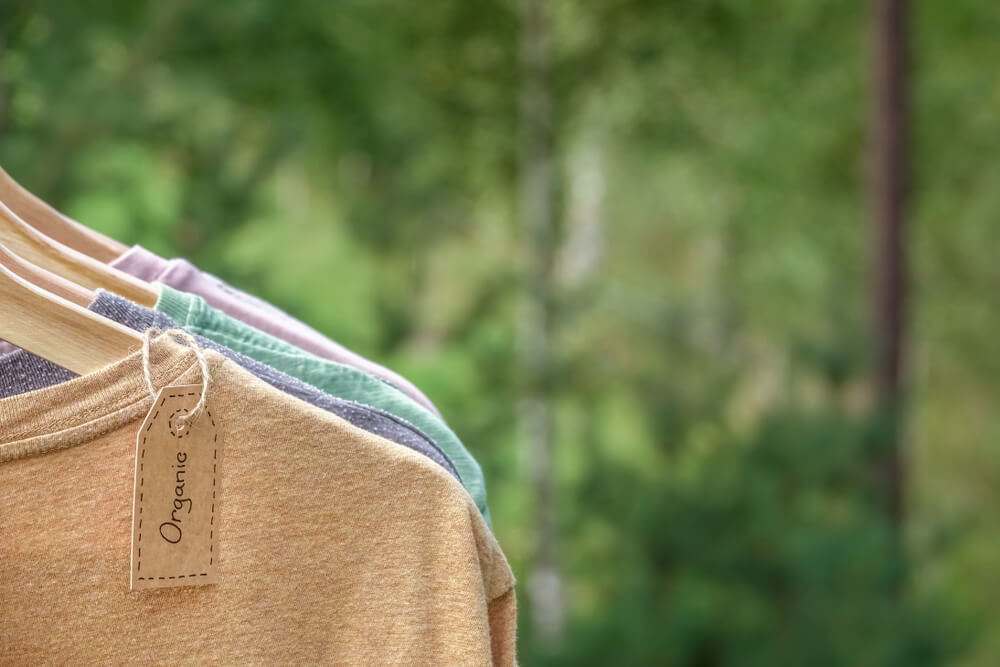
Synthetic materials like polyester, nylon, and acrylic are not sustainable and have a negative impact on the environment. Nonrenewable resources make up these materials and prevent them from being biodegradable, resulting in them sitting in landfills for hundreds of years. Instead, look for clothing made from natural materials like cotton, linen, hemp, or wool. These materials are sustainable and biodegradable, making them a more eco-friendly choice.
Choose sustainable brands
Finally, when shopping for new clothing, choose brands that are committed to sustainability. Look for brands that use sustainable materials, practice ethical manufacturing, and have transparent supply chains. Some sustainable fashion brands to check out include Reformation, Everlane, and Patagonia. These brands commit to reducing their environmental impact and promoting ethical practices throughout the fashion industry.
Shop Vintage and Second-Hand
Another way to make your fashion choices more sustainable is to shop for vintage or second-hand clothing. These items have already been produced, so by purchasing them, you’re keeping them out of landfills and extending their lifespan. Plus, you never know what unique and stylish pieces you might find! Thrift stores, consignment shops, and online marketplaces like Depop and Poshmark are all great places to start.
When shopping for vintage or second-hand clothing, it’s important to inspect the items carefully for any damage or wear. Look for quality fabrics and timeless styles that will stand the test of time. Don’t be afraid to get creative and experiment with different ways to style your vintage finds.
Take Care of Your Clothes
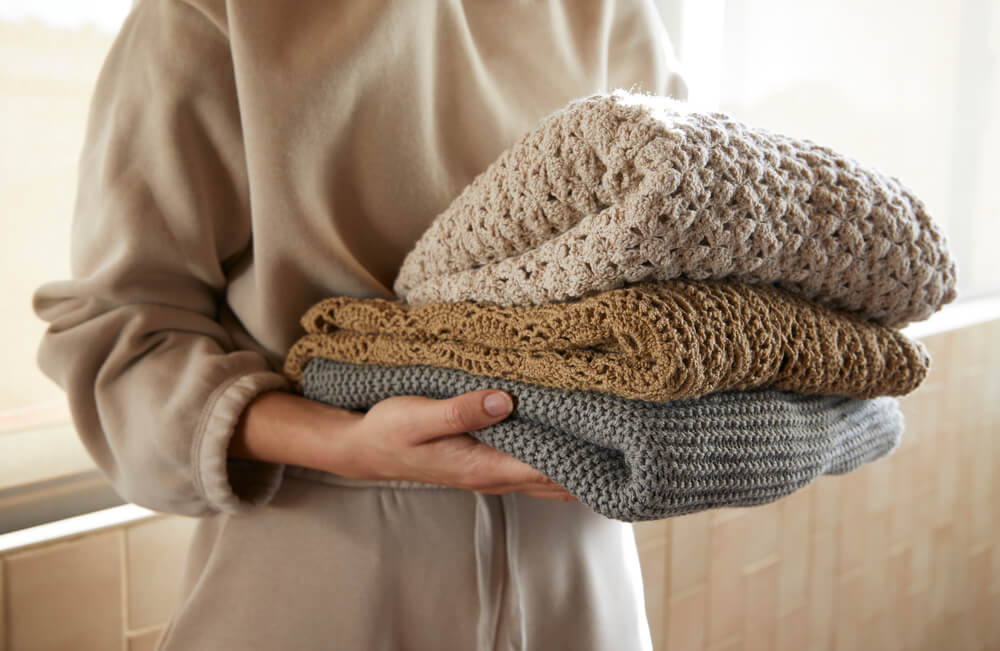
Taking care of your clothes is an essential part of building a sustainable wardrobe. By properly caring for your clothes, you can extend their lifespan and reduce the need to purchase new items. Make sure to read the care labels on your clothing and follow the recommended washing and drying instructions.
Consider repairing or upcycling damaged or ill-fitting clothes to extend their lifespan further. You can learn basic sewing skills or take your items to a tailor or seamstress for repairs. Upcycling, or transforming old clothes into something new, is also a great way to breathe new life into your wardrobe.
Donate or Recycle Unwanted Clothes
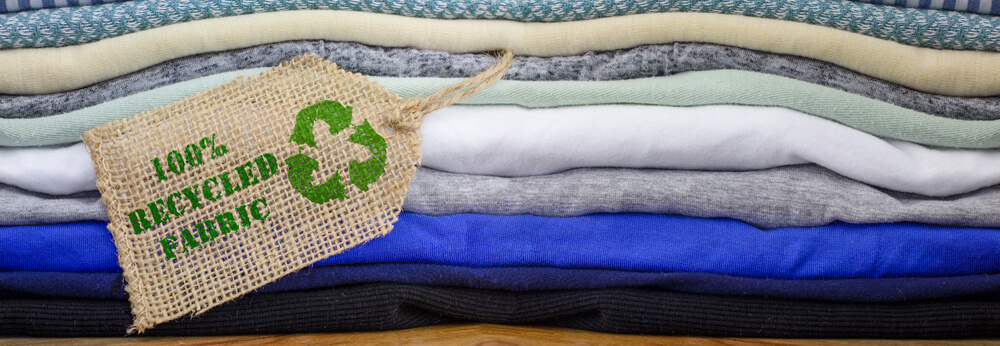
Finally, when it’s time to part with items in your wardrobe, consider donating them to charity or recycling them. Many charities accept clothing donations, selling or distributing them to those in need. Recycling programs like textile recycling and clothing swaps are also great options for disposing of unwanted clothing in an eco-friendly way.
Conclusion
Building a sustainable wardrobe is an ongoing process, but by following these tips, you can start making conscious fashion choices that benefit both the environment and your personal style. From shopping second-hand to investing in quality pieces, every little step can make a big difference. So go ahead and embrace sustainable fashion – you’ll be surprised at how stylish and rewarding it can be.

